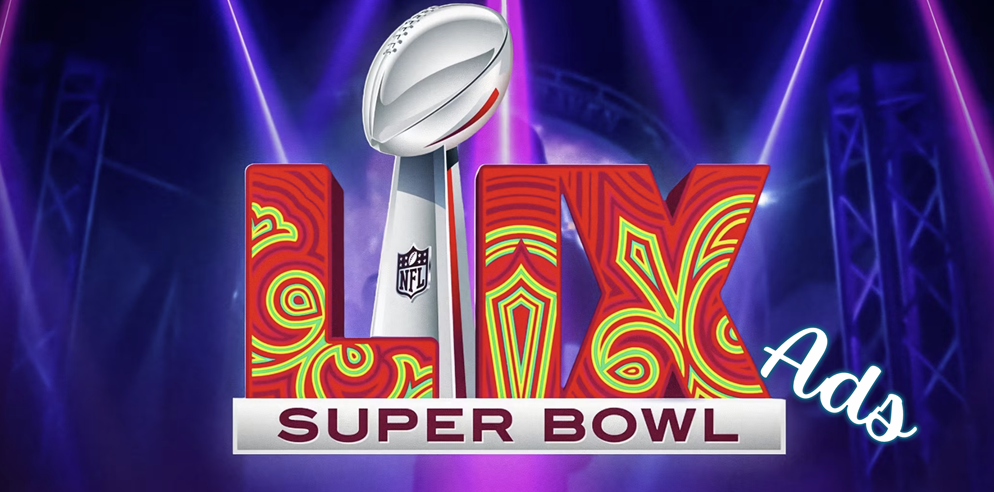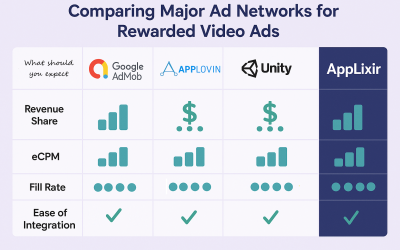$7 Million for 30 Seconds? The Marketing Battle for Maximum ROI
The Super Bowl—a grand spectacle of football, over-the-top halftime shows, and, of course, commercials that cost more than a luxury yacht. Every year, brands battle for the coveted 30-second timeslot, hoping to create a viral moment that justifies the astronomical price tag. And in 2025, that cost has soared to a jaw-dropping $7 million for just half a minute of airtime. Before I start on “$7 Million for 30 Seconds? The Marketing Battle for Maximum ROI” post, let’s pause for a second. Seven. Million. Dollars. That’s the price of a high-end mansion, a fleet of Ferraris, or an entire marketing campaign that runs for months instead of mere seconds. So, the million-dollar (or rather, multi-million-dollar) question is: Does spending this much guarantee the best return on investment (ROI)?
While Super Bowl ads undoubtedly generate buzz, they are a short-lived marketing burst—expensive, glamorous, and gone in the blink of an eye. Meanwhile, rewarded video ads offer a far more cost-effective way to engage audiences over time, delivering tangible conversions without burning a hole in a brand’s budget. Let’s break it down.
Contents
1. The Soaring Cost of Super Bowl Ads in 2025
Super Bowl ads have always been pricey, but in recent years, the cost has skyrocketed at an almost comical rate.
| Year | Cost of a 30-Second Super Bowl Ad |
|---|---|
| 2010 | $2.5 million |
| 2015 | $4.5 million |
| 2020 | $5.6 million |
| 2025 | $7+ million |
Continuing on $7 Million for 30 Seconds? The Marketing Battle for Maximum ROI post, why the sharp increase? A few reasons:
- Limited supply, high demand: The Super Bowl is a one-time event with only a handful of ad slots available. Scarcity drives up the price.
- Massive viewership: With over 100 million viewers, the reach is undeniable. But how many of them are actually paying attention?
- Cultural impact: Brands pay for more than just eyeballs—they want cultural relevance, social media buzz, and the chance to go viral.
Companies are willing to fork over millions for this golden opportunity. But does it really pay off?
2. The ROI of Super Bowl Ads: Is It Worth It?
Super Bowl commercials have birthed legendary campaigns—think Apple’s “1984” ad or Budweiser’s heartwarming Clydesdales. But for every marketing masterpiece, there’s also a forgettable flop that barely makes a dent in consumer engagement.
The Hits: When Super Bowl Ads Work
Continuing on $7 Million for 30 Seconds? The Marketing Battle for Maximum ROI post, some brands knock it out of the park, generating buzz that lasts well beyond game day. For example:
- Doritos’ “Crash the Super Bowl” contest turned user-generated content into viral gold.
- Old Spice’s “The Man Your Man Could Smell Like” became an internet sensation, with responses tailored to individual fans.
The Misses: When Super Bowl Ads Fail
However, not every brand gets their money’s worth. Consider:
- Quibi (2020): A $5.6 million ad couldn’t save this streaming platform from shutting down months later.
- Pepsi’s Kendall Jenner Ad (2017): It sparked controversy instead of conversions.
The problem? Super Bowl ads are a high-risk, high-reward game. Even if an ad goes viral, that doesn’t always translate to actual sales.
Meanwhile, rewarded video ads offer a different, more measurable approach—one where advertisers pay for engagement rather than just impressions.
3. Rewarded Video Ads: The Cost-Effective Alternative
What Are Rewarded Video Ads?
Rewarded video ads are short, interactive ads that offer users an incentive—extra lives in a mobile game, premium content, or in-game currency—in exchange for watching. Unlike Super Bowl ads, which interrupt the user experience, rewarded video ads invite engagement voluntarily.
The Cost Comparison: Super Bowl Ad vs. Rewarded Video Ads
| Advertising Method | Cost | Engagement | Longevity |
|---|---|---|---|
| Super Bowl Ad (30 sec) | $7 million+ | One-time, passive viewing | 1 day |
| Rewarded Video Ads | $0.01 – $0.10 per view ($ 10) | Interactive, high engagement | Continuous |
Why Rewarded Video Ads Drive More Engagement
- Users willingly watch to receive in-game rewards.
- Higher retention rates—users remember the brand because they associate it with value.
- Interactive and personalized experiences instead of a one-size-fits-all approach.
4. How Brands Can Leverage Rewarded Video Ads for Maximum ROI
Continuing on $7 Million for 30 Seconds? The Marketing Battle for Maximum ROI post, so, if a brand wants to maximize engagement without blowing millions in 30 seconds, rewarded video ads are the way to go. Here’s how:
1. Targeting the Right Audience
Super Bowl ads are seen by millions, but not all of them are potential customers. Rewarded video ads allow brands to target specific demographics based on interest, behavior, and game preferences.
2. Paying for Performance, Not Just Exposure
Instead of spending a fixed $7 million, rewarded video ads work on a performance-based model. Advertisers pay based on eCPM (effective cost per thousand impressions) or per engagement, ensuring they get value for every dollar spent.
3. Case Study: A Brand That Used Rewarded Video Ads Successfully
Take a mobile game developer looking to boost in-app purchases. Instead of spending millions on a Super Bowl ad, they invested in rewarded video ads. The result?
- 50% increase in in-game purchases as users engaged with the brand.
- Higher retention rates compared to traditional banner ads.
- Lower acquisition costs than broad-scale TV campaigns.
4. Scalability: Always-On vs. One-and-Done
Unlike Super Bowl ads, which run once and disappear, rewarded video ads can be adjusted, optimized, and scaled continuously for long-term impact.
5. Conclusion: The Future of Ad Monetization
Let’s be real—Super Bowl ads aren’t going anywhere. They’re flashy, they’re iconic, and they offer a level of cultural prestige that few other marketing channels can match. But for brands looking at real, measurable ROI, rewarded video ads offer a smarter, more cost-effective solution.
Instead of spending $7 million for 30 seconds of airtime, brands can:
✅ Target the right audience instead of broadcasting to everyone.
✅ Engage users interactively rather than passively.
✅ Run campaigns continuously, not just for one fleeting moment.
Before I finish on $7 Million for 30 Seconds? The Marketing Battle for Maximum ROI post, Super Bowl ads create a big moment, but rewarded video ads create long-term engagement—all at a fraction of the cost. If marketing is a game, then rewarded video ads are the MVP of ROI.



